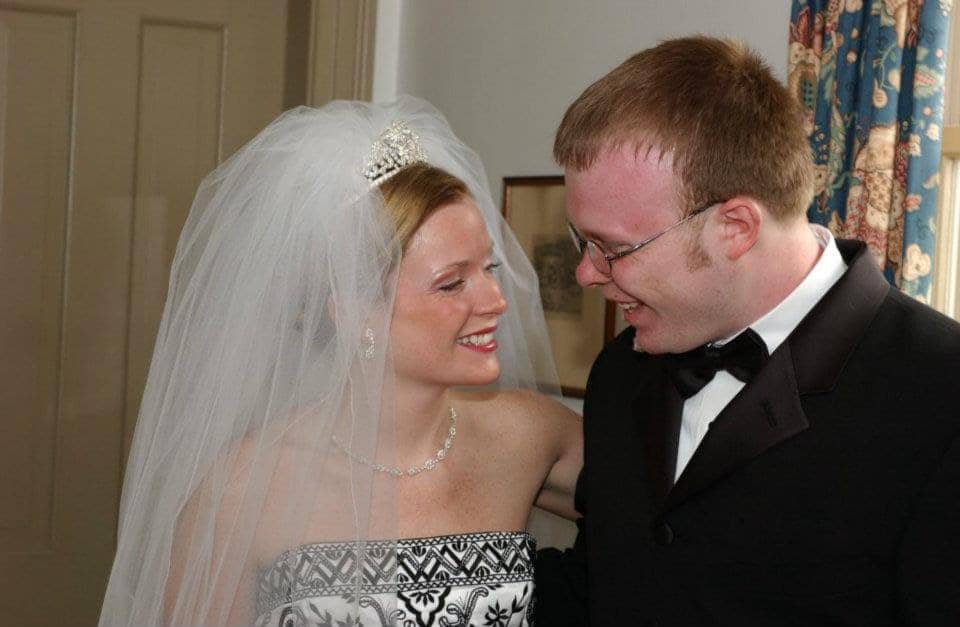It’s been about a week since the election. While some celebrate, others commiserate. I expect we can all rejoice at the disappearance of political ads.
Now that the dust has settled (somewhat), I thought you’d appreciate some insight into how our economy, interest rates, and the housing market have fared over the years under different administrations. This is not meant to be political, only factual.
Stock Market
Wall Street does not like uncertainty. Since 1950, investors have benefited most from a split Congress with less policy change.
The greatest returns have come with a Democratic president and a Republican Congress at 18.3%, while a Republican president and Democratic Congress has been the weakest at 8.7%.
10 of the past 11 recessions began with a Republican president, the one exception being President Carter.
In 20 of the last 23 elections, the incumbent party has been re-elected when the S&P 500 went up in the three months prior to the election. On August 3, the S&P 500 closed at 3,295. On November 2, it closed at 3,310, only a 15 point difference.
Housing
In the 1990’s Democrat President Bill Clinton pushed to increase homeownership rates through looser lending guidelines.
Republican President George Bush continued President Clinton’s strategy and homeownership rates peaked at 69.1% in 2005.
These loose lending guidelines led to false sales and fraudulent loans, ultimately toppling the financial and housing markets beginning in 2008. False sales are when homes are purchased for immediate resale simply because prices are rising.
In 2009 a government sponsored first time homebuyer’s credit briefly increased demand and ameliorated the home price decline, but it wasn’t enough to save us from the second worse economic meltdown in U.S. history.
As a result of the 2008 financial crisis, housing prices fell by 16% in 2008, bottoming out at a 20% decrease after 16 months.
It took six years for home prices to rebound to the pre-2008 level.
The greatest post-2008 increase in home prices was in 2013, with a whopping 13.5% property appreciation rate. According to the U.S. Housing Price Index, prices increased an average of 6.7% between 2013 and 2019.
It looks like 2020 could see a home price increase even greater than 2013 (we are on track for about 15%), which would be the highest percentage increase since 2008.
Interest Rates
Home interest rates have dropped consistently (with minor ups and downs) since a record high of 19% in 1981.
Rates are now at a historic low of 2.9%. To give you some context for how crazy low this is, consider the interest rate timeline below:
Average Home Loan Rates
Warren Buffett has observed that he’s been an investor through Democratic and Republican administrations, and made money in every one.
One of my favorite Buffett quotes represents what I believe to be an intelligent approach to both business and investing:
“Be fearful when others are greedy and greedy when others are fearful.”
While I personally favor a laissez faire approach to government (with some exceptions), we get what we get, and individually we don’t have a lot to say about how we’re governed.
However, we do have a lot to say about how we prepare for and react to what we see coming.
A friend once taught me that a problem is a set of facts compounded by emotion. There are no problems, only facts. If you think you have a problem, your real problem is your emotion.
So whether you are thrilled or disappointed with the election results, it might be worth remembering this observation by Ambrose Pierce:
“Speak when you are angry and you will make the best speech you ever regret.”
If you believe it’s important to “make each day count” (Leonardo DeCaprio line from the movie, Titanic), remember these words by Robert Tew:
“Those who complain the most accomplish the least.”
In my view, when it comes to the contentiousness that often accompanies change, remember these words by Benjamin Franklin:
“Love your enemies for they tell you your faults.”












